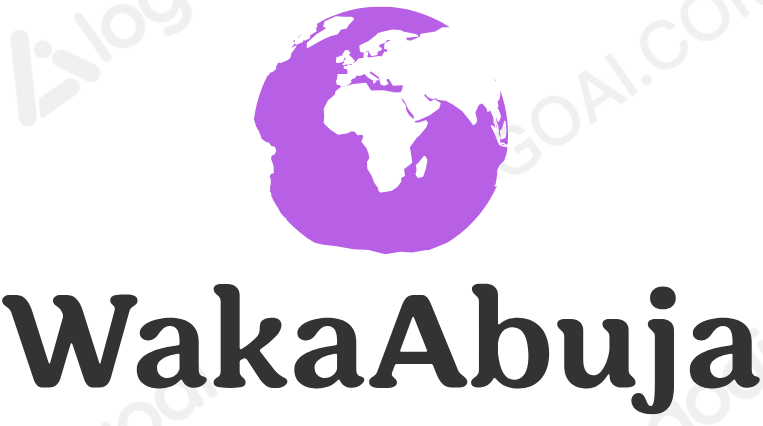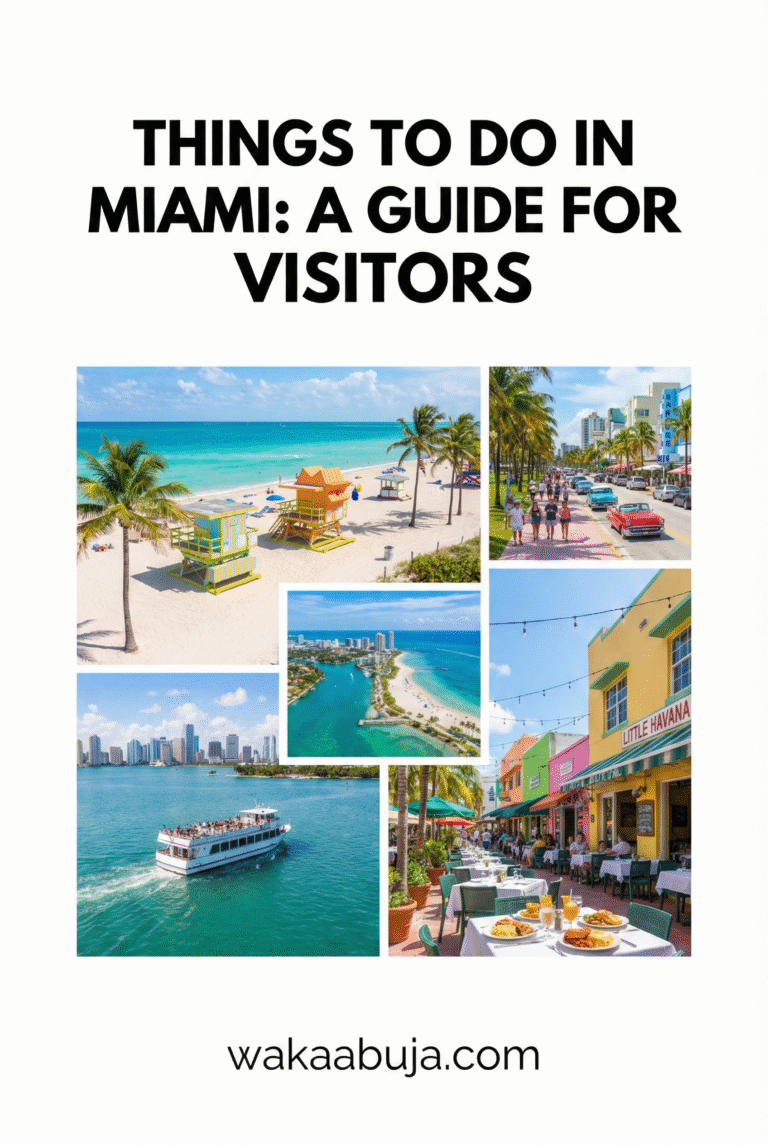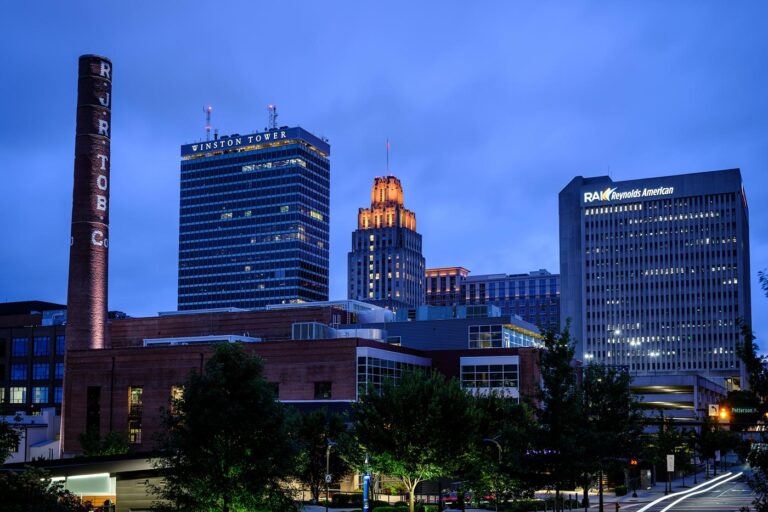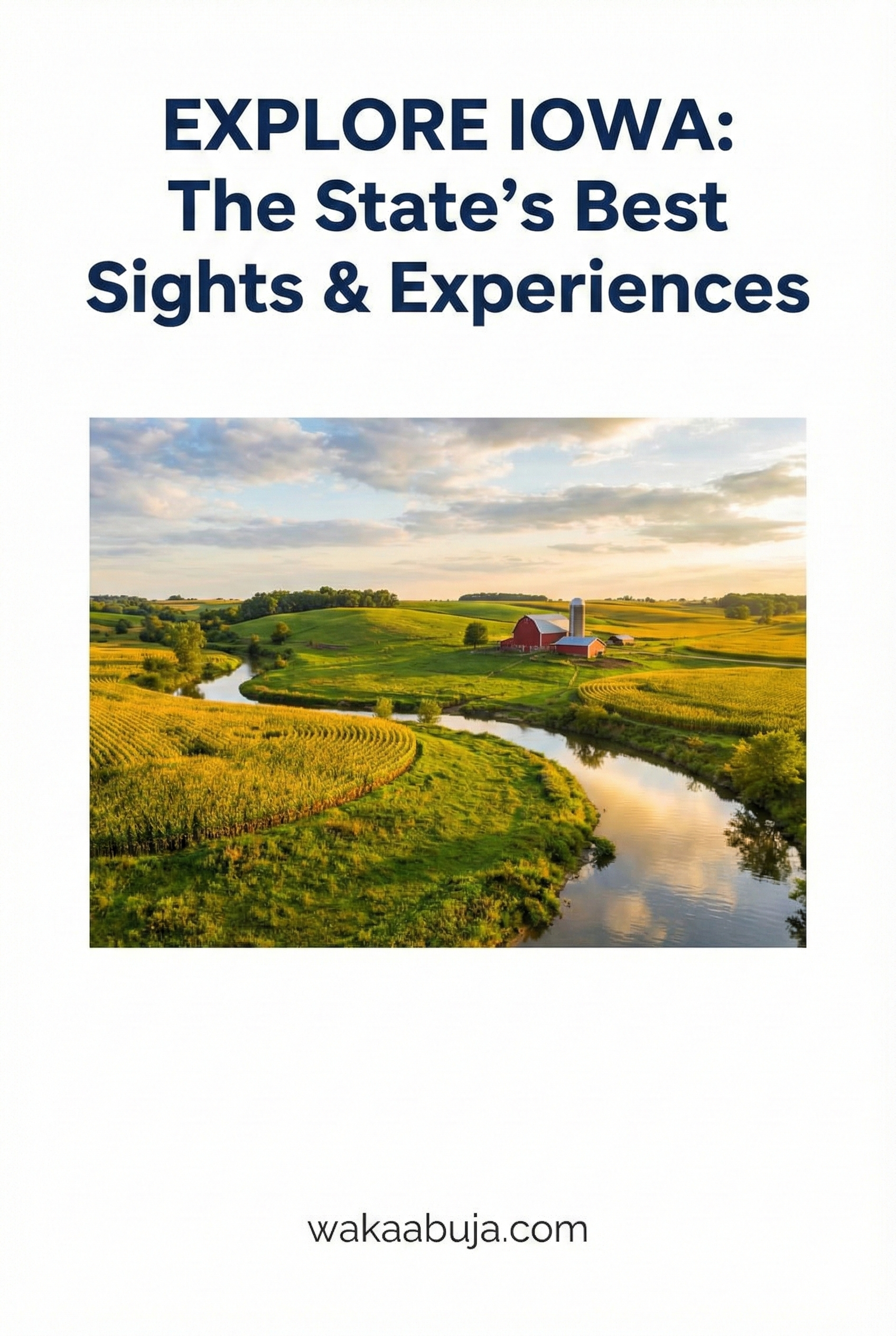TL;DR—Quick Guide to the Big Island
If you’re planning a trip to Hawaii’s Big Island, prioritize exploring Hawai’i Volcanoes National Park, snorkeling with manta rays, and stargazing atop Mauna Kea. Stay in Kona or Hilo for easy access to top attractions. Budget around $150-$250/day depending on your style.
Rent a car to navigate the island’s vastness safely. Visit between April and June or September and November for ideal weather and fewer crowds. Always prepare for variable climates and volcanic activity updates.
Emergency contacts and local tips ensure a safe, unforgettable trip.
Getting There & Around the Big Island
Most visitors arrive via Kona International Airport (KOA) or Hilo International Airport (ITO). Direct flights from the U.S. mainland and other Hawaiian islands make access straightforward.
Renting a car is essential. The Big Island spans over 4,000 square miles, and public transport is limited. Roads are well-maintained, but expect winding routes and occasional volcanic detours. Use GPS apps and always check local alerts for lava activity or weather conditions.
Where to Stay: Best Areas for Visitors
Kailua-Kona
Ideal for beach lovers and nightlife. Offers resorts, vacation rentals, and easy access to snorkeling and dining.
Typical nightly rates: $150–$350
Hilo
Great for exploring waterfalls, rainforests, and volcanoes. More laid-back with budget-friendly accommodations.
Typical nightly rates: $100–$200
Volcano Village
Perfect for nature enthusiasts wanting close proximity to Hawai’i Volcanoes National Park.
Typical nightly rates: $120–$250
When to Visit & Weather Insights
The Big Island has two main seasons: dry summer (May–October) and wetter winter (November–April). For the best weather, fewer crowds, and pleasant temperatures, plan your trip during April to June or September to November.
These shoulder seasons offer warm days, cooler nights, and excellent visibility for outdoor activities like stargazing and snorkeling.
Must-Do Activities & Experiences on the Big Island
Hawai’i Volcanoes National Park
This is the island’s crown jewel. Witness active lava flows, explore lava tubes, and hike volcanic craters. The Crater Rim Drive and Kīlauea Iki Trail offer unforgettable landscapes. I recommend arriving early to avoid crowds and bringing sturdy hiking shoes. Check the park’s official website for current lava activity and safety updates.
Manta Ray Night Snorkel
One of the most magical experiences on the island. Snorkeling alongside graceful manta rays under the stars is truly unforgettable. Book with a reputable tour operator who provides all necessary gear and safety briefings. I personally found this to be a highlight of my trip—bring a waterproof camera!
Mauna Kea Summit Stargazing
At nearly 14,000 feet, Mauna Kea offers some of the clearest night skies on Earth. Join a guided sunset and stargazing tour to safely experience this breathtaking spectacle. Dress warmly and be prepared for altitude changes. This is a once-in-a-lifetime experience that I highly recommend.
Explore Waterfalls & Black Sand Beaches
Don’t miss Rainbow Falls near Hilo or the black sand beach at Punalu’u. These spots offer incredible photo ops and a chance to connect with the island’s lush natural beauty. I suggest visiting early in the day for the best light and fewer crowds.
Coffee Farm Tours & Local Cuisine
Tour Kona coffee farms to learn about this world-famous brew and sample fresh coffee. Also, indulge in local Hawaiian dishes like poke bowls, fresh seafood, and shave ice. I recommend trying Kona Coffee & Tea for a genuine experience.
Typical Costs & Suggested Budget
Daily expenses vary widely depending on your travel style. Here’s a breakdown based on my experience:
Budget Traveler
Accommodations: $80–$120/night (hostels, budget inns)
Food: $15–$30/day (local eateries, groceries)
Activities: $20–$50/day (self-guided hikes, beaches)
Total: $115–$200/day
Mid-Range Traveler
Accommodations: $150–$250/night (hotels, vacation rentals)
Food: $40–$70/day (restaurants, tours)
Activities: $50–$100/day (guided tours, rentals)
Total: $240–$420/day
Luxury Traveler
Accommodations: $300+/night (resorts, boutique hotels)
Food: $80+/day (fine dining)
Activities: $150+/day (private tours, helicopter rides)
Total: $530+/day
Money-Saving Tips From a Local
- Book tours and car rentals well in advance to secure better rates.
- Shop at local farmers’ markets for fresh produce and affordable meals.
- Use refillable water bottles and avoid buying bottled water frequently.
- Explore free or low-cost attractions like beaches, hikes, and cultural sites.
- Consider staying in vacation rentals or guesthouses outside resort areas for better deals.
Safety Tips & Emergency Contacts
The Big Island is generally safe, but natural hazards like volcanic gases, sudden weather changes, and ocean currents require caution.
- Always heed park ranger warnings and stay on marked trails in volcanic areas.
- Check ocean conditions before swimming or snorkeling; strong currents are common.
- Carry a first aid kit and stay hydrated, especially when hiking.
Emergency Contacts:
- Police, Fire, Ambulance: 911
- Hawai’i Volcanoes National Park Emergency: +1 808-829-4411
- Poison Control Center: +1 800-222-1222
- Tourism Information: +1 800-877-2464
Recommended Length of Stay
To truly appreciate the Big Island’s diversity, I suggest spending at least 5 to 7 days. This allows time for volcano exploration, beach days, cultural experiences, and relaxation without rushing.
If your schedule is tight, a well-planned 3-day itinerary focusing on the Kona and Volcano areas can still be rewarding.
Tours & Experiences Worth Booking
Mauna Kea Summit & Stargazing Tour
Includes transportation, warm gear, and expert guides. Price: ~$200 per person. Book early as spots fill fast.
Manta Ray Night Snorkel
Highly rated operators offer safe, guided snorkeling with all equipment. Price: ~$120 per person.
Helicopter Tour Over Volcanoes
Experience aerial views of lava flows and landscapes. Prices range from $300 to $450 per person.
Getting Around: Maps & Directions
Here’s an embedded Google Map to help you navigate key spots on the Big Island:
Frequently Asked Questions
What is the best time of year to visit the Big Island?
April to June and September to November offer the best weather with fewer crowds and pleasant temperatures.
How do I get around the Big Island?
Renting a car is highly recommended due to the island’s size and limited public transportation.
Are there any safety concerns I should be aware of?
Stay updated on volcanic activity, avoid swimming in rough ocean conditions, and follow park guidelines to stay safe.
How many days should I spend on the Big Island?
At least 5 to 7 days to fully experience the island’s diverse attractions without rushing.
Final Pro Tip
Embrace the island’s laid-back vibe and allow flexibility in your itinerary. Some of the best experiences come from spontaneous discoveries and local recommendations. Always respect the land and culture—remember, you’re a guest in paradise.




